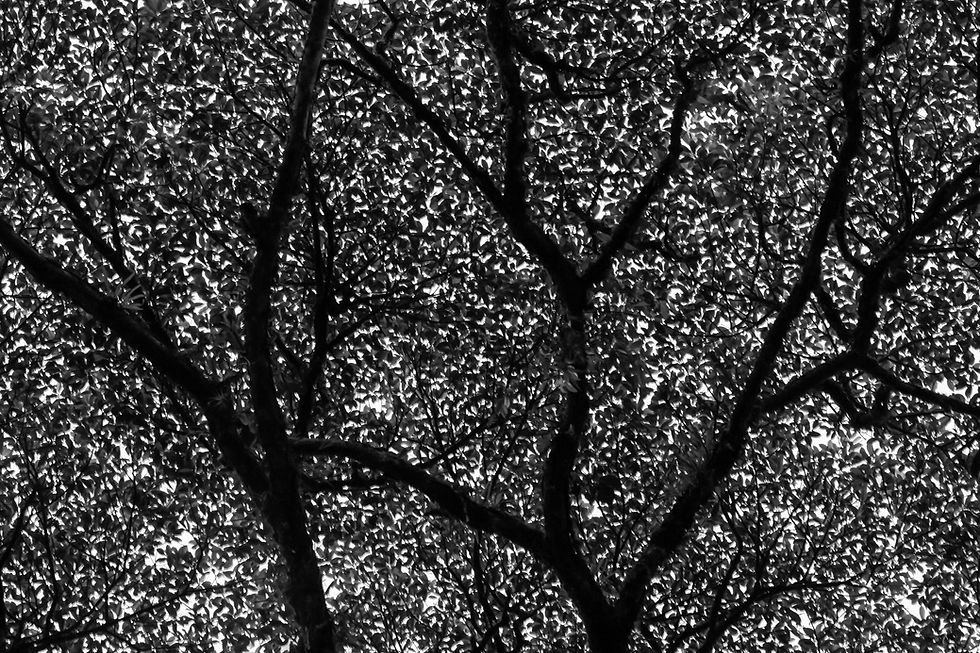
Tree Pruning

6 Reasons Why Dormant Pruning is Good For Your Trees
1. It’s Easier to Evaluate Tree Structure in Winter
After the leaves have dropped in the fall, it’s easier to see the structure of your trees. For a trained arborist, it’s also easier to identify dead or dangerous branches. This lets us determine whether or not pruning is needed to keep your trees safe and looking their best.
If you’re unsure whether or not your tree would benefit from pruning, winter is a great time to call your Independent Tree arborist for a tree inspection.
2. Your Tree Will Look Better in Spring
Late winter is a great time to prune, contain, or rejuvenate overgrown shrubs and trees. Any branches cut back during the winter will be able to recover quickly in spring with new growth. This will also minimize the amount of time you’ll spend looking at a plant that looks like a bunch of sticks after rejuvenation pruning.
3. Dormant Pruning Avoids Spreading Disease
Winter pruning can also avoid spreading some serious diseases that are active and spread easily during the spring and summer growing seasons. For example, Dutch elm disease, oak wilt, cedar hawthorn rust, and fire blight all spread quickly during the growing season.
During winter, the bacteria, fungi, parasites, and insects that cause and/or spread disease are either dead or dormant. As a result, diseases are less likely to be transmitted by winter pruning.
This is why we prune vulnerable trees, such as oak and elm trees, only during the winter (with exceptions for safety pruning when needed).
4. It’s More Efficient to Prune Trees in Winter
Here in Northeast Ohio, the ground often freezes in winter. Frozen ground lets us bring in heavy equipment without damaging your landscape, resulting in lower costs, faster work, and better outcomes. This is especially true for large pruning jobs and tree removals.
5. Pruning in Winter Causes Less Stress for Trees
Because the tree is dormant, winter pruning doesn’t stimulate new growth. In contrast, any pruning done just before dormancy (such as during late fall) can be killed by cold weather, damaging and disfiguring the tree.
Research shows that pruning before buds open in spring leads to “optimum wound closure.” Trees are able to heal from pruning cuts before warmer weather brings out destructive insects and pathogens.
6. Dormant Pruning Prevents Winter Damage
Damaged, dead or dying trees can be dangerous in winter, particularly when we get significant amounts of ice or snow. Dormant pruning makes them safer and can also rejuvenate weaker trees by removing dead and diseased wood.



